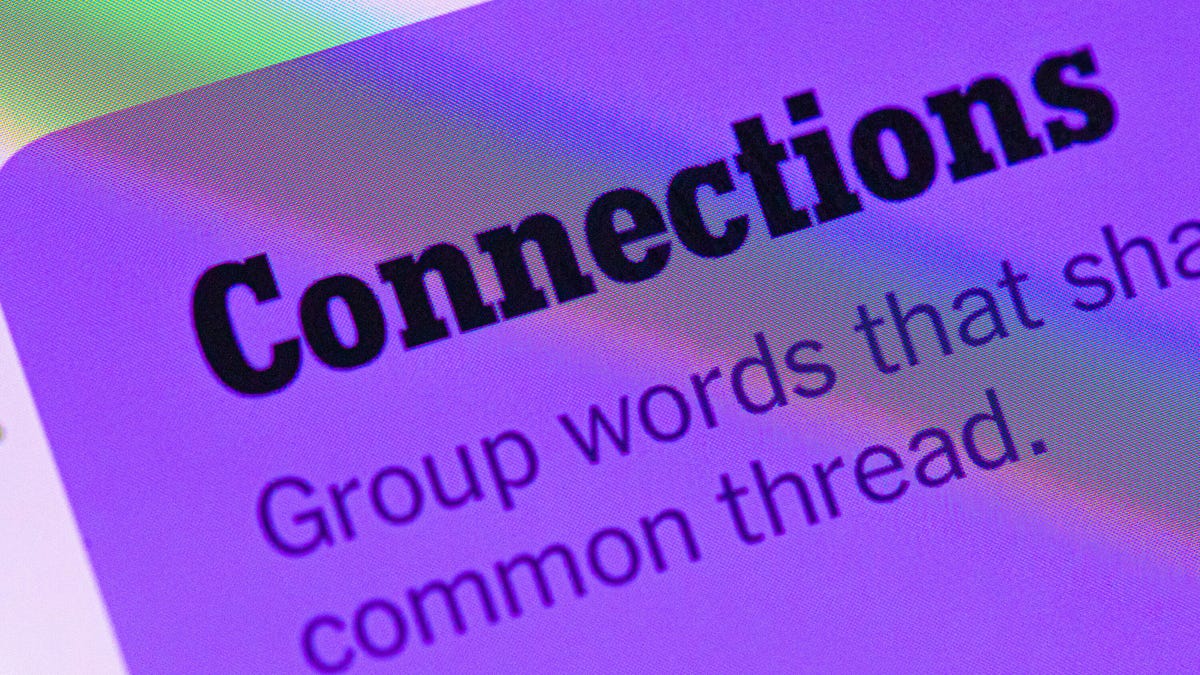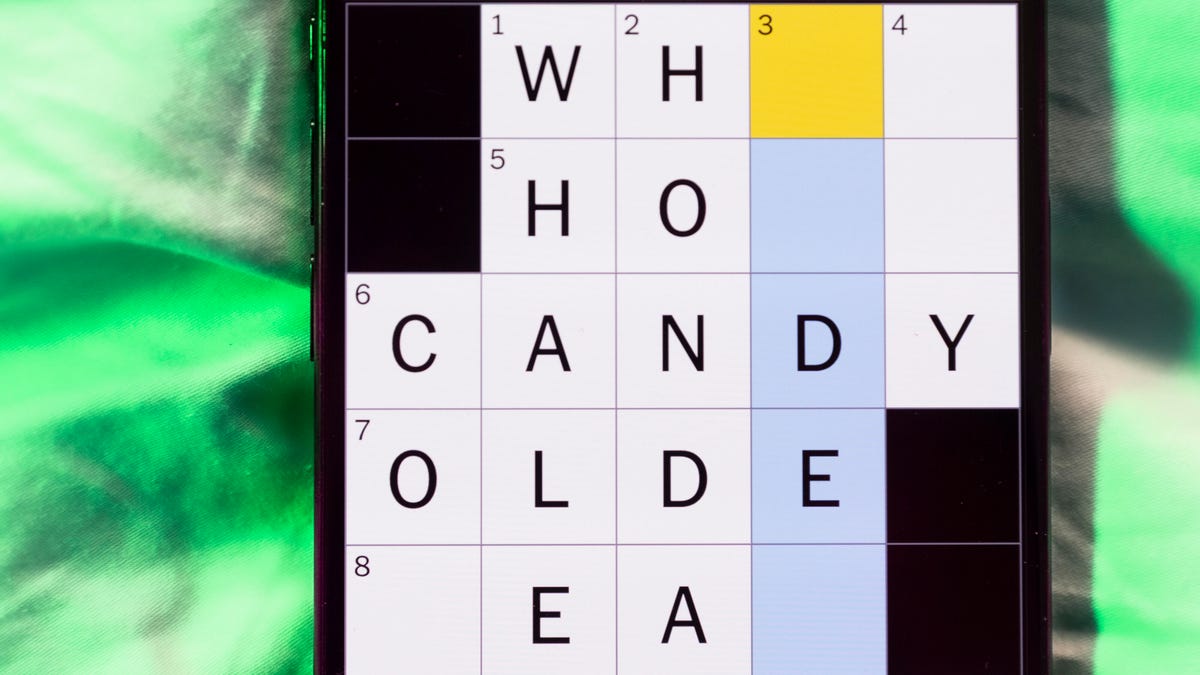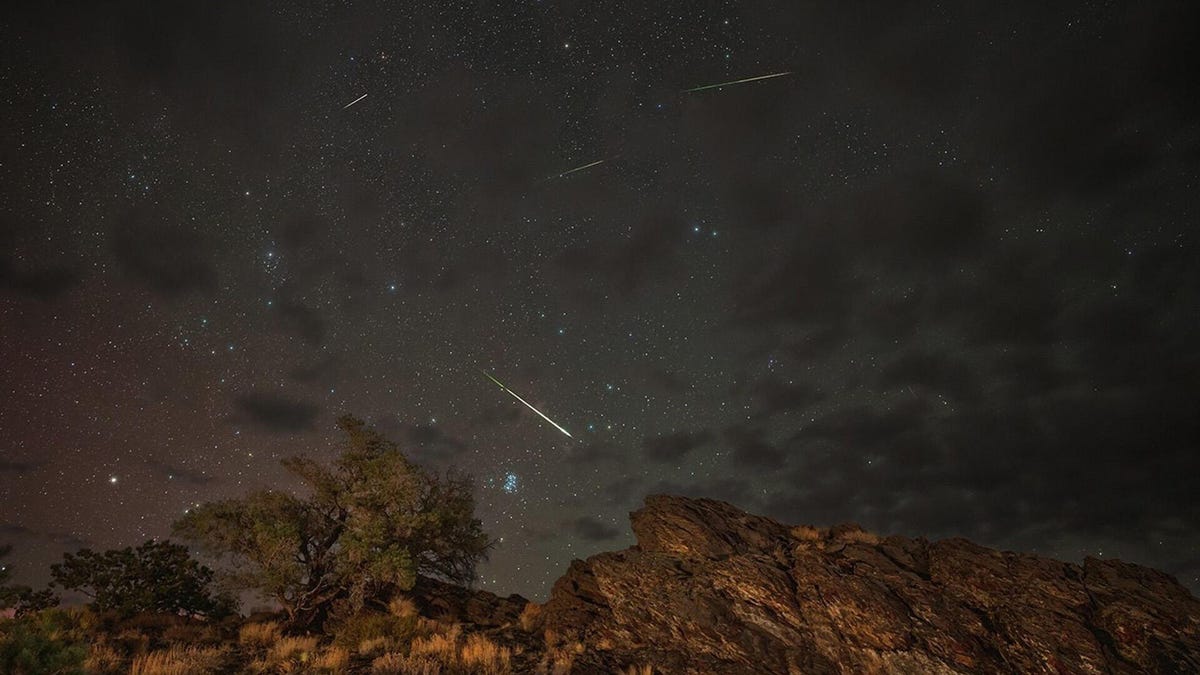Technologies
AT&T Is Using an Advanced Video Game Feature to Improve Your Phone Coverage
«Whatever Nvidia is doing for games, whatever Disney is doing … we are doing at a much bigger scale,» said AT&T’s Velin Kounev about using ray tracing to improve its network.

When you think of cellular networks, you probably envision radio towers and invisible data streams. But AT&T, by necessity, needs to see everything in between: buildings, trees and the multitude of obstacles that can interfere with wireless signals getting to your phone.
The cellular provider is turning to a key technology from gaming and computer graphics to get an accurate picture. AT&T Wireless Geo Modeler is a new system that uses ray tracing and AI to generate detailed representations of the areas covered by its network and improve connectivity. In doing so, AT&T says it can react to service interruptions quickly and also better predict how its network can be configured in response to large social events or during natural disasters.
Don’t miss any of our unbiased tech content and lab-based reviews. Add CNET as a preferred Google source.
How ray tracing works in a cellular context
In computer graphics, ray tracing is a technique for rendering three-dimensional scenes. Software simulates light beams emanating from a virtual camera and calculates how the light affects objects and materials in the scene. Ray tracing is notable for rendering shadows and reflections, leading to more realistic-looking environments.
In the past, ray tracing was computationally challenging. Early examples, such as the original Toy Story movie, required rooms full of processing hardware and up to 24 hours to render a single frame of footage. The graphics processor in high-end smartphones can now render photorealistic, ray-traced scenes in games in real time.
According to Velin Kounev, lead inventive scientist at AT&T Labs, the technology’s cellular application works the same way. «Whatever Nvidia is doing for games, whatever Disney is doing… we are doing at a much bigger scale,» he said.
In the context of AT&T’s Geo Modeler, Kounev explained, radio propagation from cellular towers is high-frequency light that our eyes cannot see. The towers measure how the rays react to the surrounding environment, such as colliding with structures or reflecting off surfaces. That collected data is processed and analyzed by several internal AT&T systems and machine learning models to determine if changes or optimizations need to be made, in what AT&T calls «near scale time.»
Those changes can include everyday adjustments to the angle of nearby antennas or compensating for a tower that has gone offline during a natural disaster. Modifications can be deployed automatically in seconds or minutes, ideally in a way that doesn’t impact customers.
«We don’t want [customers] to notice,» said Jennifer Yates, assistant vice president of inventive science, network and service automation at AT&T Labs. «The network is self-healing [and] autonomous behind the scenes so they don’t have to think about it.»
The benefit can also be a technical challenge that you would never notice as an AT&T subscriber. «When you hit Lincoln Tunnel traffic at 5 o’clock in the afternoon and you can get your website loaded, that’s when we come in,» said Kounev. «We’re optimizing the network traffic … in rush hour, where you’re able to get your connection.»
Predicting where to deploy resources
Although day-to-day network optimization is one advantage of using the Geo Modeler, it’s also a tool for determining how and where the company should deploy resources during situations such as weather events. For instance, if a prominent tree is blown over during a storm, ray tracing can quickly build a new representation of how towers should compensate.
For large events like music festivals, where tens of thousands of phones are accessing the network or impending natural disasters, the technology can be used to predict upcoming changes that are needed; Kounev mentioned Geo Modeler was applied in April at the Coachella festival.
Kounev also explained that if a hurricane is coming, for example, knowing its estimated size and timing, «we can go in and within two minutes remove [within the model] the towers that we think are going to be affected, and then see what the network coverage is going to look like.» Knowing where to expect holes in the network allows AT&T to position resources, such as generators or mobile cellular towers, in place before the hurricane strikes.
Most predictive tools, said Kounev, rely on existing measurement data. «Because we use ray tracing, we can predict in places where there’s no measurement data.»
AT&T has been building the Geo Modeler for a year and has accumulated enough data from different use cases over that time to be confident about deploying it more broadly. Yates said that AT&T has performed extensive validation of data, comparing the modeler’s results with measurements in the field.
«Over the last year,» said Kounev, «we had to convince people that this thing can actually work in real time with the many tower stations they have.»
Technologies
Today’s NYT Connections Hints, Answers and Help for Dec. 24, #927
Here are some hints and the answers for the NYT Connections puzzle for Dec. 24 #927

Looking for the most recent Connections answers? Click here for today’s Connections hints, as well as our daily answers and hints for The New York Times Mini Crossword, Wordle, Connections: Sports Edition and Strands puzzles.
Today’s NYT Connections puzzle is kind of tough. Ooh, that purple category! Once again, you’ll need to look inside words for hidden words. Read on for clues and today’s Connections answers.
The Times has a Connections Bot, like the one for Wordle. Go there after you play to receive a numeric score and to have the program analyze your answers. Players who are registered with the Times Games section can now nerd out by following their progress, including the number of puzzles completed, win rate, number of times they nabbed a perfect score and their win streak.
Read more: Hints, Tips and Strategies to Help You Win at NYT Connections Every Time
Hints for today’s Connections groups
Here are four hints for the groupings in today’s Connections puzzle, ranked from the easiest yellow group to the tough (and sometimes bizarre) purple group.
Yellow group hint: Cash out.
Green group hint: Chomp
Blue group hint: Walleye and salmon.
Purple group hint: Make a musical sound, with a twist.
Answers for today’s Connections groups
Yellow group: Slang for money.
Green group: Masticate.
Blue group: Fish.
Purple group: Ways to vocalize musically plus a letter.
Read more: Wordle Cheat Sheet: Here Are the Most Popular Letters Used in English Words
What are today’s Connections answers?
The yellow words in today’s Connections
The theme is slang for money. The four answers are bacon, bread, cheese and paper.
The green words in today’s Connections
The theme is masticate. The four answers are bite, champ, chew and munch.
The blue words in today’s Connections
The theme is fish. The four answers are char, pollock, sole and tang.
The purple words in today’s Connections
The theme is ways to vocalize musically plus a letter. The four answers are hump (hum), rapt (rap), singe (sing) and whistler (whistle).
Don’t miss any of our unbiased tech content and lab-based reviews. Add CNET as a preferred Google source.
Toughest Connections puzzles
We’ve made a note of some of the toughest Connections puzzles so far. Maybe they’ll help you see patterns in future puzzles.
#5: Included «things you can set,» such as mood, record, table and volleyball.
#4: Included «one in a dozen,» such as egg, juror, month and rose.
#3: Included «streets on screen,» such as Elm, Fear, Jump and Sesame.
#2: Included «power ___» such as nap, plant, Ranger and trip.
#1: Included «things that can run,» such as candidate, faucet, mascara and nose.
Technologies
Today’s NYT Mini Crossword Answers for Wednesday, Dec. 24
Here are the answers for The New York Times Mini Crossword for Dec. 24.

Looking for the most recent Mini Crossword answer? Click here for today’s Mini Crossword hints, as well as our daily answers and hints for The New York Times Wordle, Strands, Connections and Connections: Sports Edition puzzles.
Need some help with today’s Mini Crossword? I’m Irish-American, but yet 6-Down, which involves Ireland, stumped me at first. Read on for all the answers.. And if you could use some hints and guidance for daily solving, check out our Mini Crossword tips.
If you’re looking for today’s Wordle, Connections, Connections: Sports Edition and Strands answers, you can visit CNET’s NYT puzzle hints page.
Read more: Tips and Tricks for Solving The New York Times Mini Crossword
Let’s get to those Mini Crossword clues and answers.
Mini across clues and answers
1A clue: Wordle or Boggle
Answer: GAME
5A clue: Big Newton
Answer: ISAAC
7A clue: Specialized vocabulary
Answer: LINGO
8A clue: «See you in a bit!»
Answer: LATER
9A clue: Tone of many internet comments
Answer: SNARK
Mini down clues and answers
1D clue: Sharks use them to breathe
Answer: GILLS
2D clue: From Singapore or South Korea, say
Answer: ASIAN
3D clue: Large ocean ray
Answer: MANTA
4D clue: ___ beaver
Answer: EAGER
6D clue: Second-largest city in the Republic of Ireland, after Dublin
Answer: CORK
Don’t miss any of our unbiased tech content and lab-based reviews. Add CNET as a preferred Google source.
Technologies
Quadrantids Is a Short but Sweet Meteor Shower Just After New Year’s. How to See It
This meteor shower has one of the most active peaks, but it doesn’t last for very long.

The Quadrantids has the potential to be one of the most active meteor showers of the year, and skygazers won’t have long to wait to see it. The annual shower is predicted to reach maximum intensity on Jan. 3. And with a display that can rival Perseids, Quadrantids could be worth braving the cold to see it.
Don’t miss any of our unbiased tech content and lab-based reviews. Add CNET as a preferred Google source.
The show officially begins on Dec. 28 and lasts until Jan. 12, according to the American Meteor Society. Quadrantids is scheduled to peak on Jan. 2-3, when it may produce upwards of 125 meteors per hour. This matches Perseids and other larger meteor showers on a per-hour rate, but Quadrantids also has one of the shortest peaks at just 6 hours, so it rarely produces as many meteors overall as the other big ones.
The meteor shower comes to Earth courtesy of the 2003 EH1 asteroid, which is notable because most meteor showers are fed from comets, not asteroids. Per NASA, 2003 EH1 is a near-Earth asteroid that orbits the sun once every five and a half years. Science posits that 2003 EH1 was a comet in a past life, but too many trips around the sun stripped it of its ice, leaving only its rocky core. The Earth runs through EH1’s orbital debris every January, which results in the Quadrantids meteor shower.
How and where to see Quadrantids
Quadrantids is named for the constellation where its meteors appear to originate, a point known as the radiant. This presents another oddity, as the shower originates from the constellation Quadrans Muralis. This constellation ceased to be recognized as an official constellation in the 1920s and isn’t available on most publicly accessible sky maps.
For the modern skygazer, you’ll instead need to find the Bootes and Draco constellations, both of which contain stars that were once a part of the Quadrans Muralis. Draco will be easier to find after sunset on the evening of Jan. 2, and will be just above the horizon in the northern sky. Bootes orbits around Draco, but will remain under the horizon until just after 1 a.m. local time in the northeastern sky. From that point forward, both will sit in the northeastern part of the sky until sunrise. You’ll want to point your chair in that direction and stay there to see meteors.
As the American Meteor Society notes, Quadrantids has a short but active peak, lasting around 6 hours. The peak is expected to start around 4 p.m. ET and last well into the evening. NASA predicts the meteor shower to start one day later on Jan. 3-4, so if you don’t see any on the evening of Jan. 2, try again on Jan. 3.
To get the best results, the standard space viewing tips apply. You’ll want to get as far away from the city and suburbs as possible to reduce light pollution. Since it’ll be so cold outside, dress warmly and abstain from alcoholic beverages, as they can affect your body temperature. You won’t need any binoculars or telescopes, and the reduced field of view may actually impact your ability to see meteors.
The bad news is that either way, the Quadrantids meteor shower coincides almost perfectly with January’s Wolf Moon, which also happens to be a supermoon. This will introduce quite a lot of light pollution, which will likely drown out all but the brightest meteors. So, while it may have a peak of over 100 meteors per hour, both NASA and the AMS agree that the more realistic expectation is 10 or so bright meteors per hour.
-

 Technologies3 года ago
Technologies3 года agoTech Companies Need to Be Held Accountable for Security, Experts Say
-

 Technologies3 года ago
Technologies3 года agoBest Handheld Game Console in 2023
-

 Technologies3 года ago
Technologies3 года agoTighten Up Your VR Game With the Best Head Straps for Quest 2
-

 Technologies4 года ago
Technologies4 года agoBlack Friday 2021: The best deals on TVs, headphones, kitchenware, and more
-

 Technologies4 года ago
Technologies4 года agoVerum, Wickr and Threema: next generation secured messengers
-

 Technologies4 года ago
Technologies4 года agoGoogle to require vaccinations as Silicon Valley rethinks return-to-office policies
-

 Technologies4 года ago
Technologies4 года agoOlivia Harlan Dekker for Verum Messenger
-

 Technologies4 года ago
Technologies4 года agoiPhone 13 event: How to watch Apple’s big announcement tomorrow
